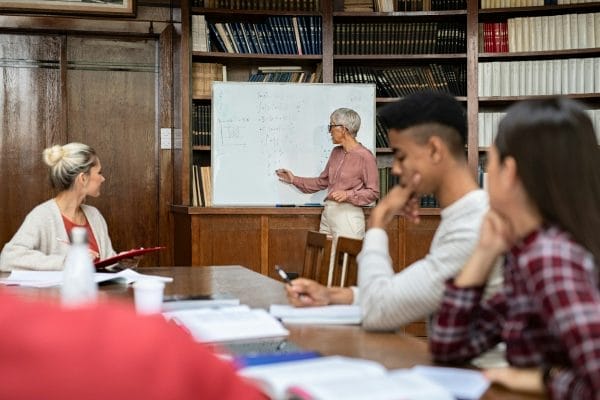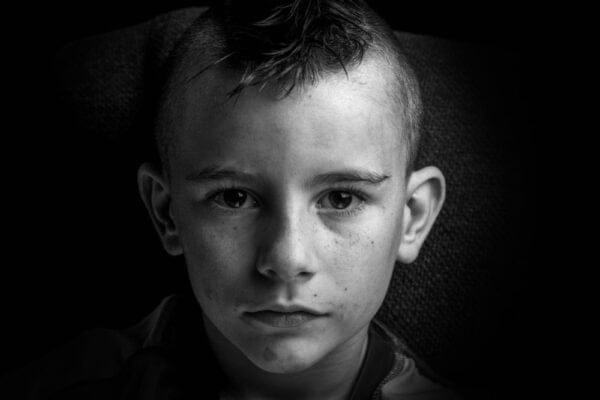Learning Through Play: Educational Toys for Different Age Groups
Children love to play. It’s fun and exciting. But did you know that play is also a great way to learn? Educational toys help kids discover new things. They can teach colors, shapes, numbers, and more. Different age groups need different toys. This helps them learn at their own pace. Let’s explore how learning through play works for different ages!
Learning from Play: Babies and Toddlers

Babies and toddlers are curious about everything. They love to explore the world around them. Toys for this age group should be safe and simple. Here are some examples:
- Soft Blocks: These blocks are colorful and squishy. Babies can stack them and knock them down.
- Rattles: Rattles make noise when shaken. They help babies learn about sound.
- Shape Sorters: These toys have holes for different shapes. Kids learn to match shapes with holes.
- Musical Instruments: Simple instruments like drums or xylophones introduce music.
- Picture Books: Books with bright pictures and few words are perfect.
- Pull Toys: Toys with wheels that can be pulled along encourage walking.
Studies show that playing with these toys helps babies develop motor skills. They learn to use their hands and fingers better. Playing also teaches them cause and effect. For example, if they shake a rattle, it makes noise. This helps them understand their actions have results.
Toys for Preschoolers: Learning While Having Fun

Preschoolers are full of energy. They love to ask questions and explore. Toys for this age group should challenge their minds. Great toys for preschoolers include:
- Puzzles: Puzzles help kids think and solve problems. They come in many themes, like animals or vehicles.
- Building Sets: Sets with bricks or magnets let kids create buildings or structures.
- Dress-Up Clothes: Pretend play boosts imagination. Kids can dress up as doctors, chefs, or superheroes.
- Art Supplies: Crayons, markers, and paper let kids express their creativity.
- Board Games: Simple games teach taking turns and following rules.
- Science Kits: Kits with experiments introduce basic science concepts.
Research indicates that preschoolers who play with educational toys perform better in school later. They develop skills like counting, recognizing letters, and understanding patterns. Play also improves their social skills. When kids play together, they learn to share and cooperate.
Engaging Toys for School-Age Children

School-age children love challenges. They enjoy toys that let them build, explore, and experiment. Some popular toys for this age group are:
- LEGO Sets: Kids can build anything they imagine with LEGO bricks.
- Robotics Kits: These kits let kids build robots and program them to move.
- Board Games: Complex games teach strategy and critical thinking.
- Science Kits: More advanced kits cover topics like chemistry or physics.
- Craft Kits: Kits for making jewelry or models encourage creativity.
- Books: Chapter books introduce new worlds and ideas.
Statistics show that kids who play with these toys often do well in STEM (science, technology, engineering, math) subjects. They learn to solve problems and think logically. Playing with others also teaches teamwork and communication skills.
The Role of Technology in Educational Toys

Technology has changed how we play. Many toys now include tech features. These toys can be very educational:
- Tablets: Educational apps teach math, reading, and more.
- Interactive Robots: Robots that kids can program improve coding skills.
- Virtual Reality Headsets: VR lets kids explore virtual worlds and learn new things.
- Smart Toys: Toys that connect to the internet offer interactive experiences.
- Digital Storybooks: E-books with animations engage young readers.
- Online Learning Platforms: Websites offer courses and activities for various subjects.
Case studies show that tech toys can boost learning. They keep kids interested and motivated. However, it’s essential to balance screen time with other activities. Experts recommend no more than two hours a day of screen time for school-aged children.
Choosing the Right Toy for Your Child

Picking the right toy matters. It should match your child’s age and interests. Here are some tips:
- Age Appropriateness: Check the recommended age on the toy’s packaging.
- Interests: Choose toys related to your child’s hobbies or favorite subjects.
- Safety: Ensure the toy is safe and free of small parts for younger kids.
- Educational Value: Look for toys that teach new skills or concepts.
- Durability: Quality toys last longer and withstand rough play.
- Reviews: Read reviews from other parents to learn about the toy’s benefits.
Parents play a key role in guiding playtime. Encourage your child to try different types of toys. This helps them discover what they enjoy and where their talents lie. Remember, the goal is to make learning fun!
Conclusion: The Power of Play in Learning

Play is not just fun—it’s a powerful tool for learning. Educational toys help children develop important skills. From babies to school-aged kids, each stage of life has toys that fit their needs. Whether it’s building blocks or interactive robots, these toys teach valuable lessons. They inspire curiosity and creativity. Remember, the best learning happens when kids are having fun. So, let’s encourage play and watch our children grow smarter every day!





